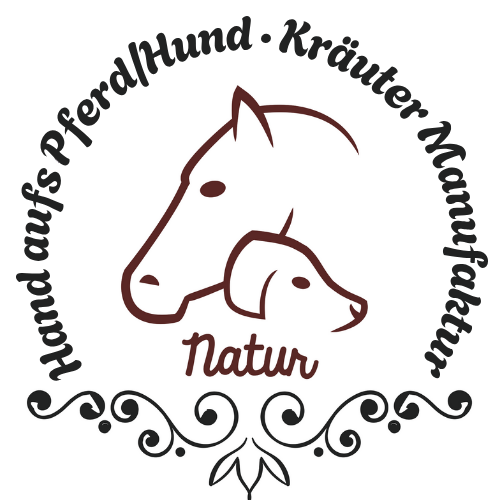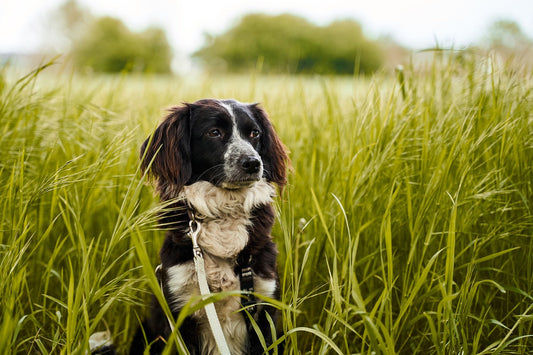
Fear & restlessness in dogs
Anxiety, restlessness and stress in dogs: What you should know
You may be familiar with this: Your dog pulls on the leash, trembles, barks, or simply behaves strangely when encountering certain situations. These can be simple triggers like loud noises or new surroundings – but they can also be caused by deeper fears that your dog may have been carrying around for some time. In this post, I'd like to give you an overview of what these stressful and anxiety-inducing moments in dogs are all about and how you can help your four-legged friend live life more calmly.
What causes anxiety and stress in dogs?
Dogs are naturally sensitive creatures who react very strongly to their environment. Changes or unfamiliar stimuli can trigger anxiety. These include:
-
Loudness : Loud noises like thunderstorms, fireworks, or construction sites can frighten and stress dogs. Some dogs even react to everyday noises like vacuum cleaners or doorbells.
-
Changes in the environment : A move, new furniture, or a new owner in the household – all of these are stimuli that can unsettle dogs. A change in routine (e.g., new walking times or a vacation) can also fuel anxiety.
-
Lack of socialization : If dogs have not had enough positive experiences with different people, animals or environments, they often find it difficult to deal with new situations or encounters.
-
Past experiences : Dogs that have had traumatic experiences in their past – whether due to poor care or accidents – are often particularly susceptible to anxiety and stress reactions.
How does stress manifest itself in dogs?
Dogs can express fear and stress in many different ways. The behavior varies depending on the animal's personality:
-
Body language : A fearful dog may shrink, tuck their tail, pin their ears back, or even tremble. These signs indicate that your dog feels insecure or threatened in the situation.
-
Behavior : If your dog suddenly barks more than usual, howls, or retreats to certain corners, this is another sign of stress. Some dogs try to calm themselves through behavioral changes such as excessive licking or chewing.
-
Physical reactions : Stress-related physical symptoms also include nausea, vomiting, or diarrhea. A dog that suddenly shows signs of being "tired" or not wanting to go for a walk more frequently could also be suffering from anxiety or stress.
What can you do to help your dog?
If you notice your dog is stressed or anxious, it's important to provide him with the reassurance and support he needs. Here are some tips to help:
-
Create a calm and consistent environment : Try to create as calm an environment as possible for your dog, where he feels safe. Avoid major changes and keep his daily routine stable. This will give him security.
-
Patience and understanding : Show your dog understanding if he seems unsure in new situations. Don't force him into stressful situations, but give him time to get used to them.
-
Positive reinforcement : Reward calm behavior with treats or praise. This way, your dog learns that relaxed behavior will result in positive consequences.
-
Training and socialization : Especially with younger dogs, it's important to provide regular training sessions and positive socialization. This helps prevent anxiety and promotes trust in you and the environment.
-
Calming aids : There are also products such as special dog harnesses that have a calming effect, or herbal preparations that can help with anxiety. Playing calming music or wearing calming scents like lavender can also be helpful.
When should you see a veterinarian?
Sometimes your dog's anxiety or stress is so severe that you can't manage it alone. If you notice that your dog doesn't respond to any sedation or even shows health symptoms such as loss of appetite, diarrhea, or extreme trembling, it might be advisable to consult a veterinarian. In some cases, medical treatment in the form of sedative medication or further behavioral therapy may be necessary.
Conclusion
It's perfectly normal for dogs to feel fear or stress in certain situations. It's important that you, as an owner, recognize the signs early on and approach your dog with patience and understanding. With the right support and thoughtful training, you can help your dog overcome their fears and go through everyday life more calmly. Always remember: Your dog relies on you to cope with stressful situations.



